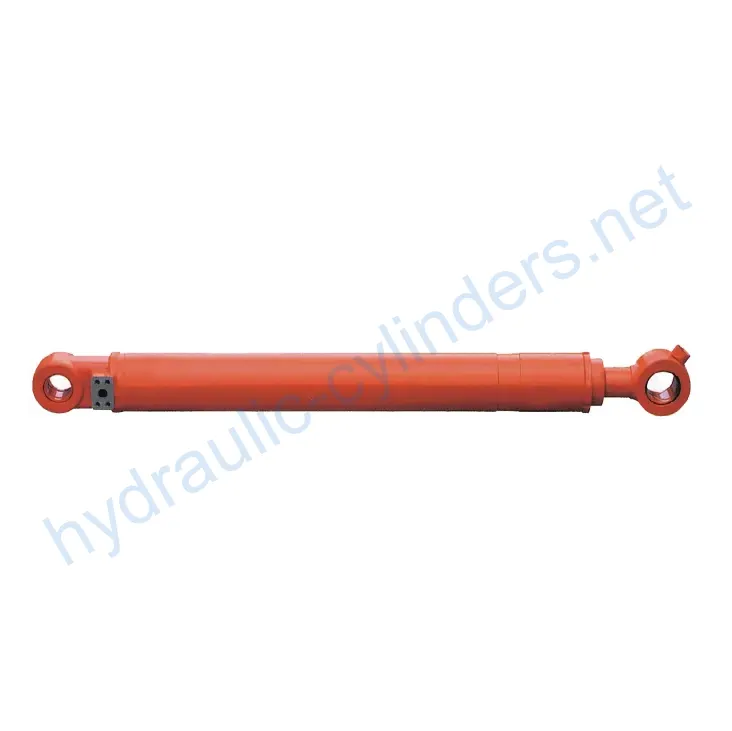Boom Cylinder For Takeuchi Small Excavator TB216
Sebagai salah satu produsen, pemasok, dan eksportir silinder hidrolik, Kami menawarkan silinder hidrolik dan banyak produk lainnya.
Silakan hubungi kami untuk informasi lebih lanjut.
Surat:sales@hydraulic-cylinders.net
Produsen pemasok eksportir silinder hidrolik.
Boom Cylinder For Takeuchi Small Excavator TB216
Introduction to Boom Cylinder
The Boom Cylinder is a specialized hydraulic cylinder designed to control the movement of the boom in various heavy machinery such as excavators, backhoe loaders, and front loaders. It allows the boom to lift, lower, and tilt, facilitating material handling tasks effectively. The bucket cylinder is crucial in hydraulic systems, providing the necessary force to perform various operations in demanding environments.
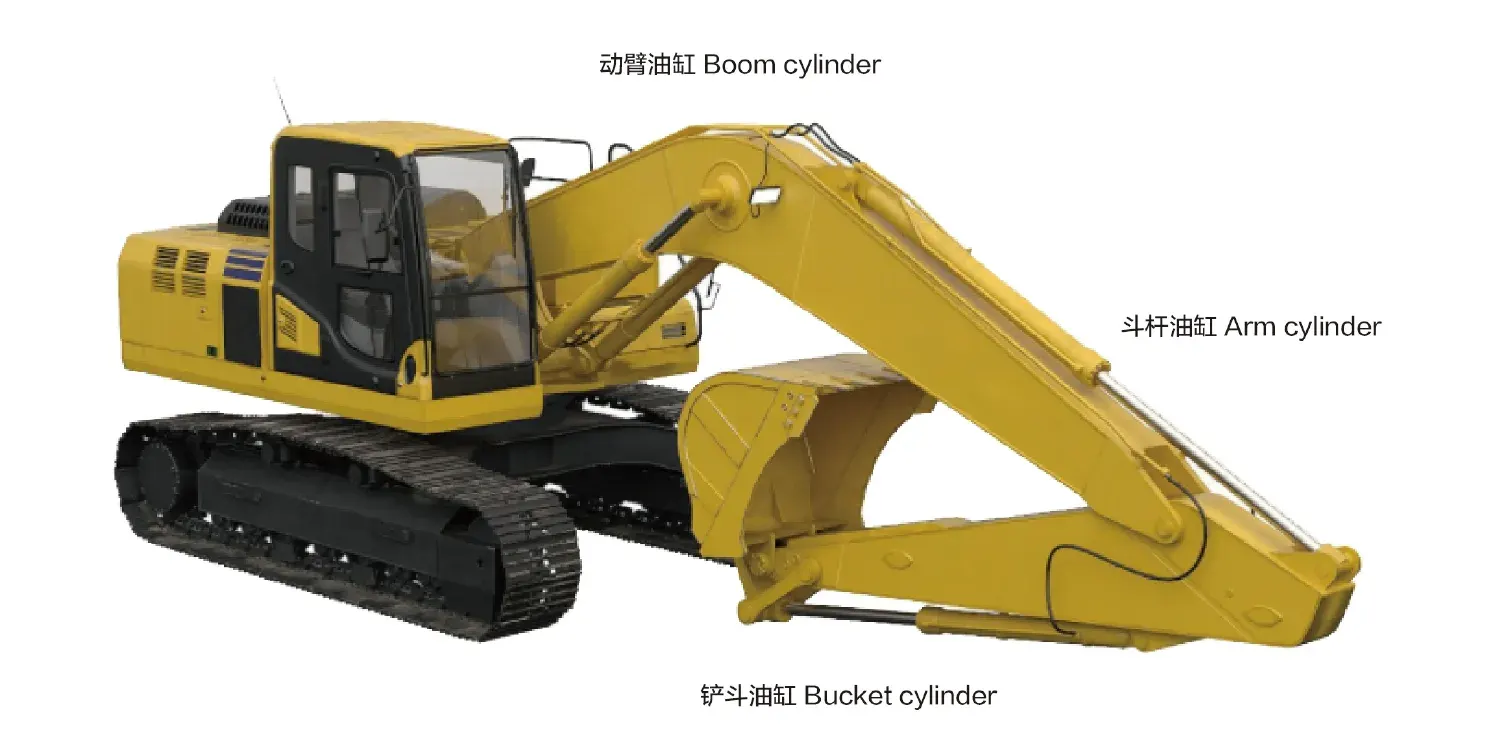
Features of the Boom Cylinder
- High Strength and Durability: Constructed from high-strength steel or aluminum, the boom cylinder can withstand high pressures and heavy loads, making it suitable for harsh working conditions. Its design incorporates wear resistance and corrosion resistance to prolong its lifespan.
- Efficient Hydraulic Operation: Utilizing hydraulic oil pressure, the boom cylinder enables smooth extension and retraction, responding quickly to control commands and providing powerful push and pull forces, ideal for handling heavy materials and complex tasks.
- Diverse Types: The boom cylinder is available in single-acting (utilizing hydraulic action in one direction) or double-acting (utilizing hydraulic action in both directions) configurations to meet different operational needs. Some models are telescopic, allowing for greater extension without increasing external dimensions, suitable for applications with limited space.
- Custom Manufacturing: We can produce this product, and our cylinders can perfectly replace existing hydraulic cylinders in your machinery.
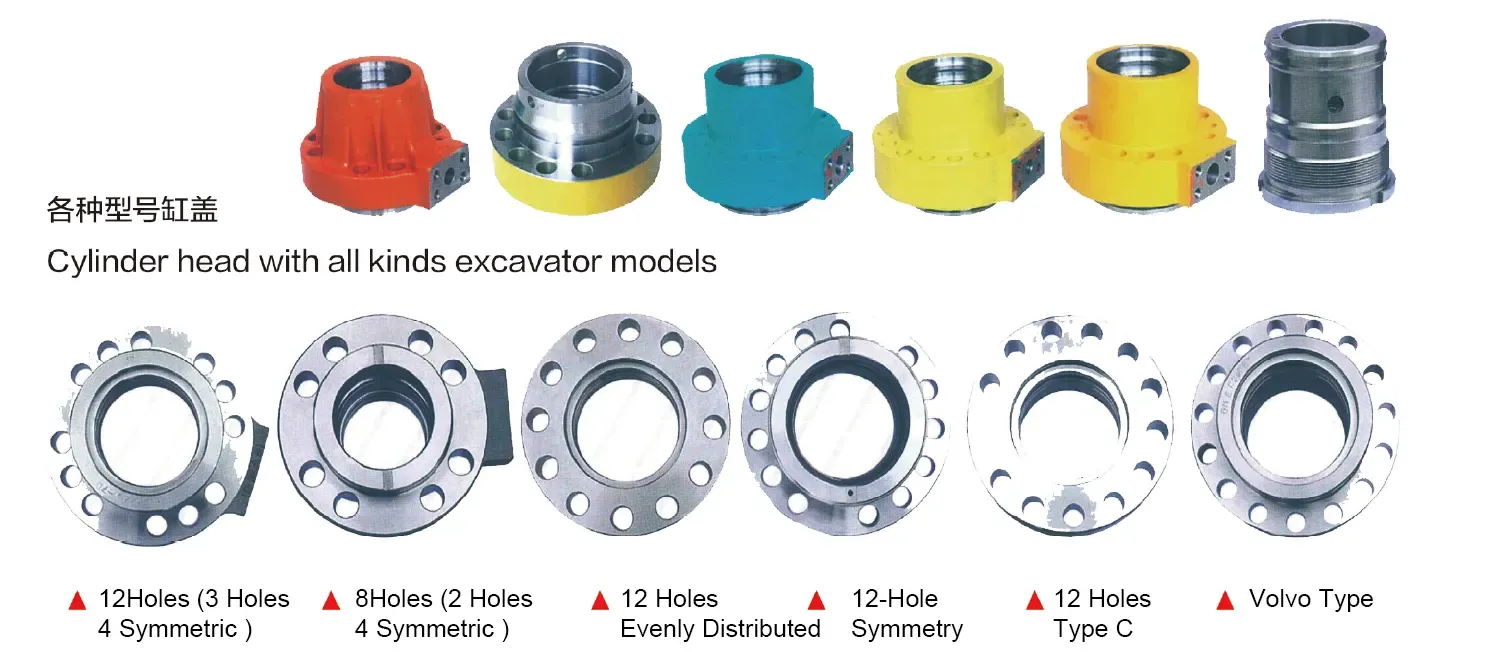
Applications of the Boom Cylinder
Construction Equipment
In excavators, the boom cylinder is essential for digging, loading, and moving dirt or debris. It allows operators to perform precise movements, ensuring that materials are handled efficiently and effectively. In backhoe loaders, the boom cylinder aids not only in excavation but also in lifting, providing versatility in construction tasks.
Agricultural Machinery
The boom cylinder is utilized in front-end loaders for scooping, lifting, and transporting soil, hay, and other materials. It enhances the machine’s performance by allowing for quick operations, which is vital in agricultural settings where time and efficiency are crucial.
Excavators
In excavators, the boom cylinder enables the bucket to penetrate the soil, facilitating effective digging operations. This function is critical, especially in large-scale excavation projects, where the efficiency of soil removal can impact overall productivity.
Loaders
In front loaders, boom cylinders contribute to lifting and dumping loads efficiently. This capability is essential for loading materials into trucks or transporting them across job sites, emphasizing the importance of reliability and strength in these hydraulic systems.
Design Considerations and Selection Criteria
Load Capacity
When selecting a boom cylinder, load capacity is a primary concern. The cylinder must be able to handle the weight it will lift without risk of failure. Overestimating or underestimating this capacity can lead to severe mechanical failures and safety hazards.
Sealing Characteristics
Effective sealing is crucial for the longevity of hydraulic cylinders. The seals must prevent hydraulic fluid leakage, which can lead to reduced performance and efficiency. Properly designed seals also contribute to the cylinder’s overall durability.
Durability
Durability is a key aspect of design considerations. The materials used in the construction of the boom cylinder should withstand wear and tear from constant use in challenging environments. The choice of materials directly affects the lifespan and reliability of the hydraulic system.
Safety
Safety must be prioritized in the design of hydraulic cylinders. Features such as pressure relief valves and safety stops help prevent catastrophic failures that could lead to accidents. Understanding the working environment and potential hazards is essential when designing these components.
Serviceability
Ease of maintenance and repair is another critical factor. A well-designed hydraulic cylinder should allow for straightforward access to components that may require inspection or replacement. This factor is particularly important in reducing downtime and ensuring that machinery remains operational.

Sealing and Lubrication
Proper sealing and lubrication are vital for the optimal performance of boom cylinders. Various sealing elements, such as piston seals and rod seals, are employed to prevent hydraulic fluid leakage. Seals made from polyurethane or nitrile rubber offer wear resistance, ensuring longevity. The cylinder body and threaded end surfaces undergo fine processing to enhance wear resistance. Additionally, regular lubrication with hydraulic oil is necessary to maintain smooth operation and prevent premature wear.
Regular Maintenance and Preventive Measures
- Routine Inspections: Regularly inspect the cylinder for signs of wear, leakage, or damage. Early detection of issues can prevent more significant problems down the line.
- Appropriate Lubrication: Ensure that the hydraulic oil is regularly topped up and that the seals are lubricated properly to maintain functionality.
- Seal Replacement: Monitor the condition of seals and replace them as needed to prevent leaks and maintain pressure.
Installation Guidelines
Correct installation of the boom cylinder is critical for its performance and longevity. Begin by ensuring that the cylinder is aligned properly with the mounting brackets. Use appropriate mounting supports to secure the cylinder and prevent misalignment during operation. Follow the manufacturer’s specifications for torque settings on bolts to avoid over-tightening, which can damage the cylinder. After installation, conduct a thorough inspection to ensure all components are secure and functioning correctly before putting the machinery into operation.
Common Maintenance Tasks
- Regular Inspections: Scheduled inspections help identify potential issues before they become critical. Check for leaks, cracks, or unusual noises during operation.
- Proper Lubrication: Ensure that the hydraulic oil levels are appropriate, and lubricate seals and bearings to minimize friction and wear.
- Seal Replacement: Regularly check the condition of the seals and replace them when they show signs of wear or damage to prevent fluid leaks and maintain efficiency.
Safety Considerations and Environmental Factors
When operating hydraulic systems, safety measures are paramount. Operators should be trained to understand the risks associated with hydraulic machinery, including pressure hazards and potential mechanical failures. Implementing safety protocols, such as wearing protective gear and following operational guidelines, can significantly reduce the risk of accidents. Additionally, consider the environmental impact of hydraulic fluids and ensure that proper disposal methods are employed to minimize ecological harm.
Troubleshooting and Common Issues
- Low Pressure: This can result from leaks in the system or inadequate fluid levels. Check hoses, seals, and connections for damage and ensure the reservoir is filled appropriately.
- Slow Operation: This may indicate issues with the hydraulic fluid or filters. Ensure that the hydraulic fluid is clean and at the correct viscosity, and replace filters as needed.
- Unusual Noises: Grinding or hissing noises can signal problems with the cylinder or hydraulic pump. Inspect components for wear and replace as necessary.
By understanding these common issues, operators can take preventive measures to reduce the likelihood of future problems.
Conclusion
We are a leading manufacturer of replacement hydraulic cylinders, offering a wide range of products to cater to both domestic and international markets. We adhere to excellence in quality and rely on refined manufacturing strategies. With a focus on technology, digital high-end manufacturing equipment, and professional testing systems, we continuously enhance our production capabilities. Our commitment to high efficiency, precision, and quality allows us to meet diverse customer needs.
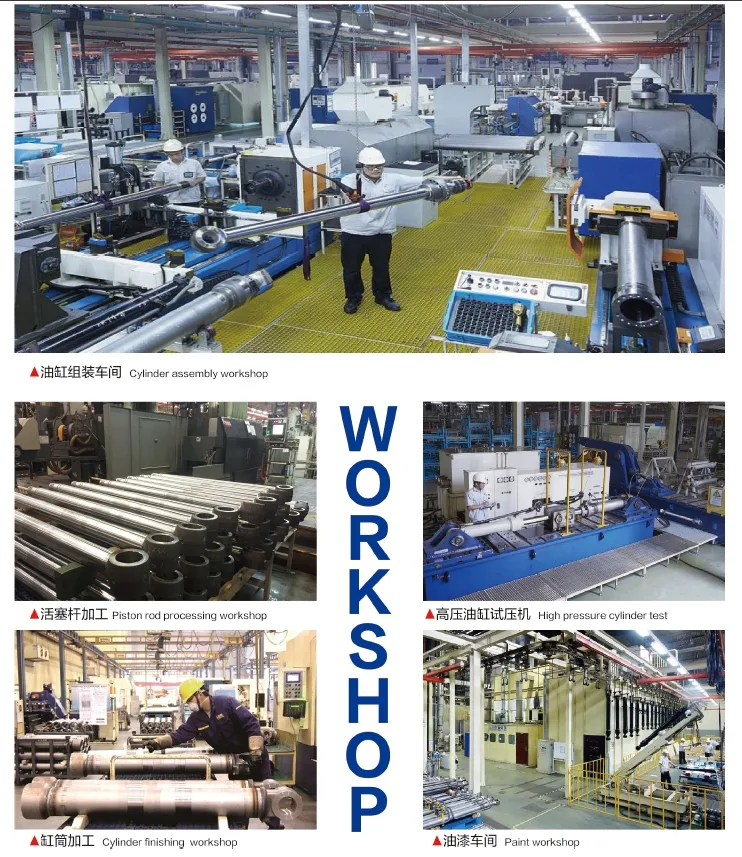
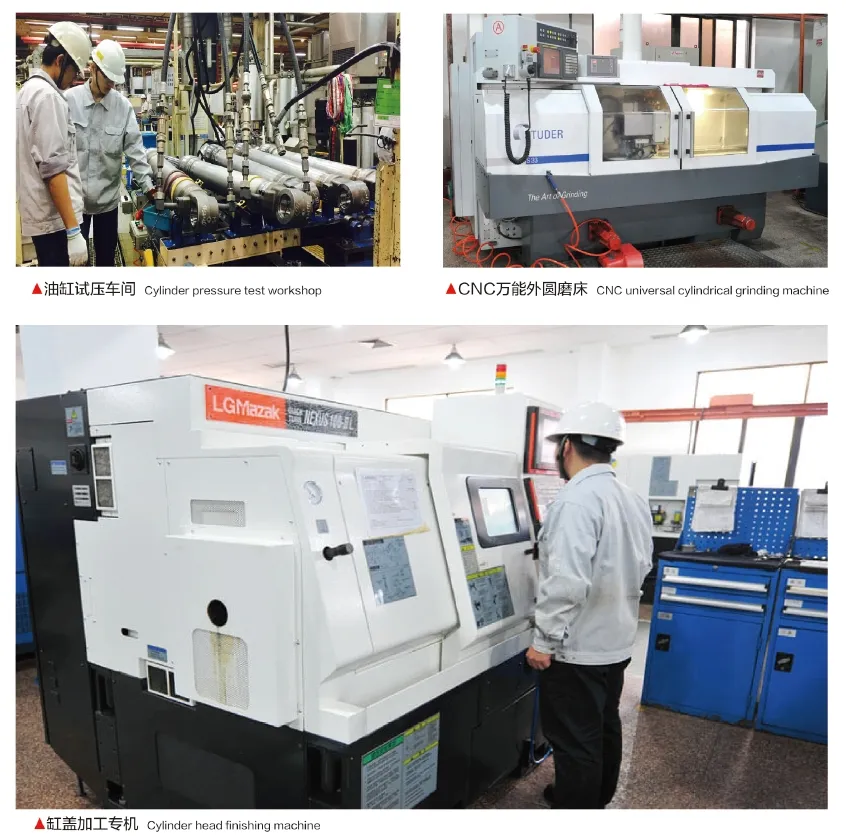
Author: lyl
Ikuti Tur Pabrik VR Kami:
Ikuti tur ke pabrik VR kami dengan yang berikut ini
Aplikasi Silinder Hidraulik:


